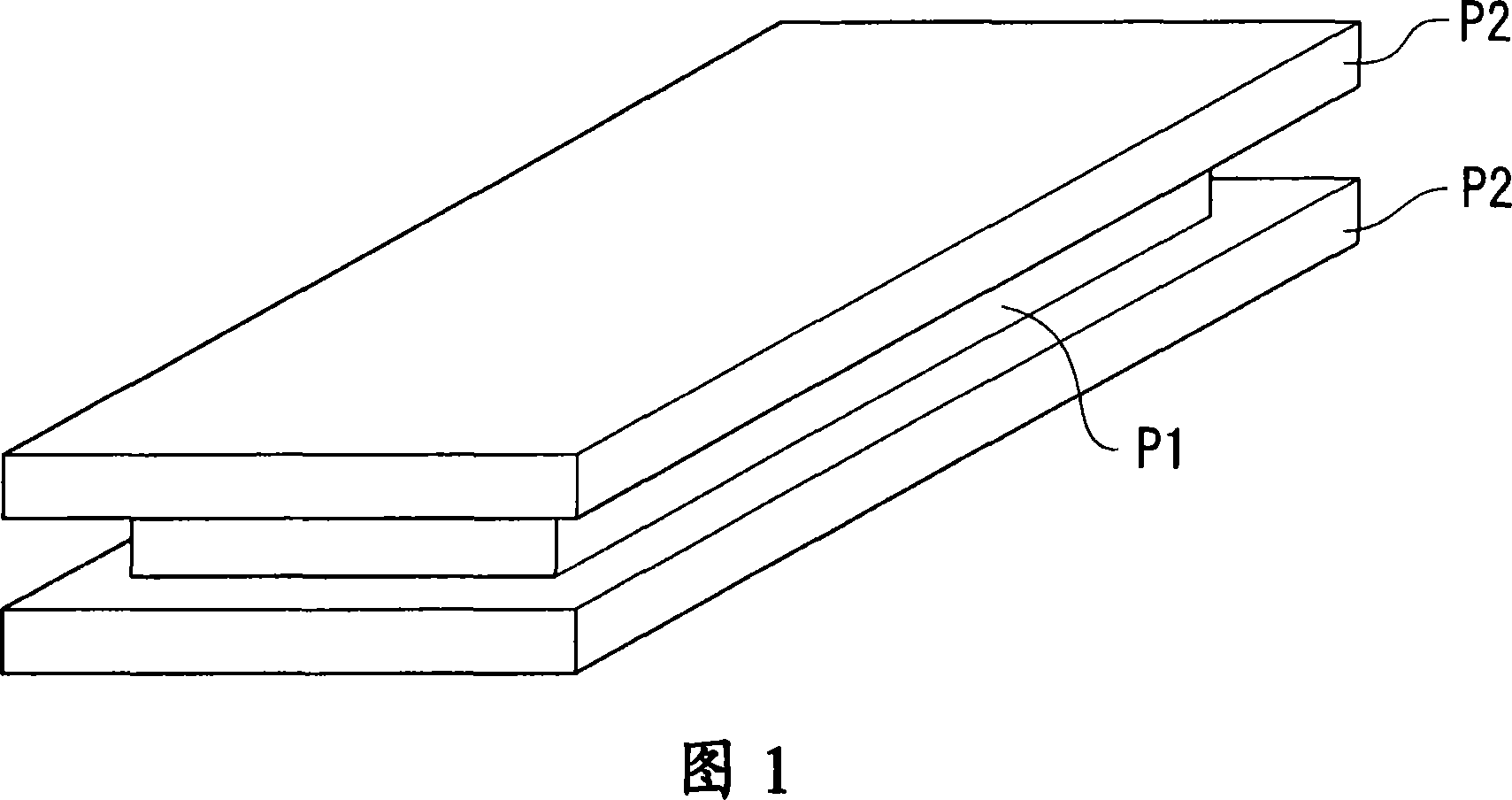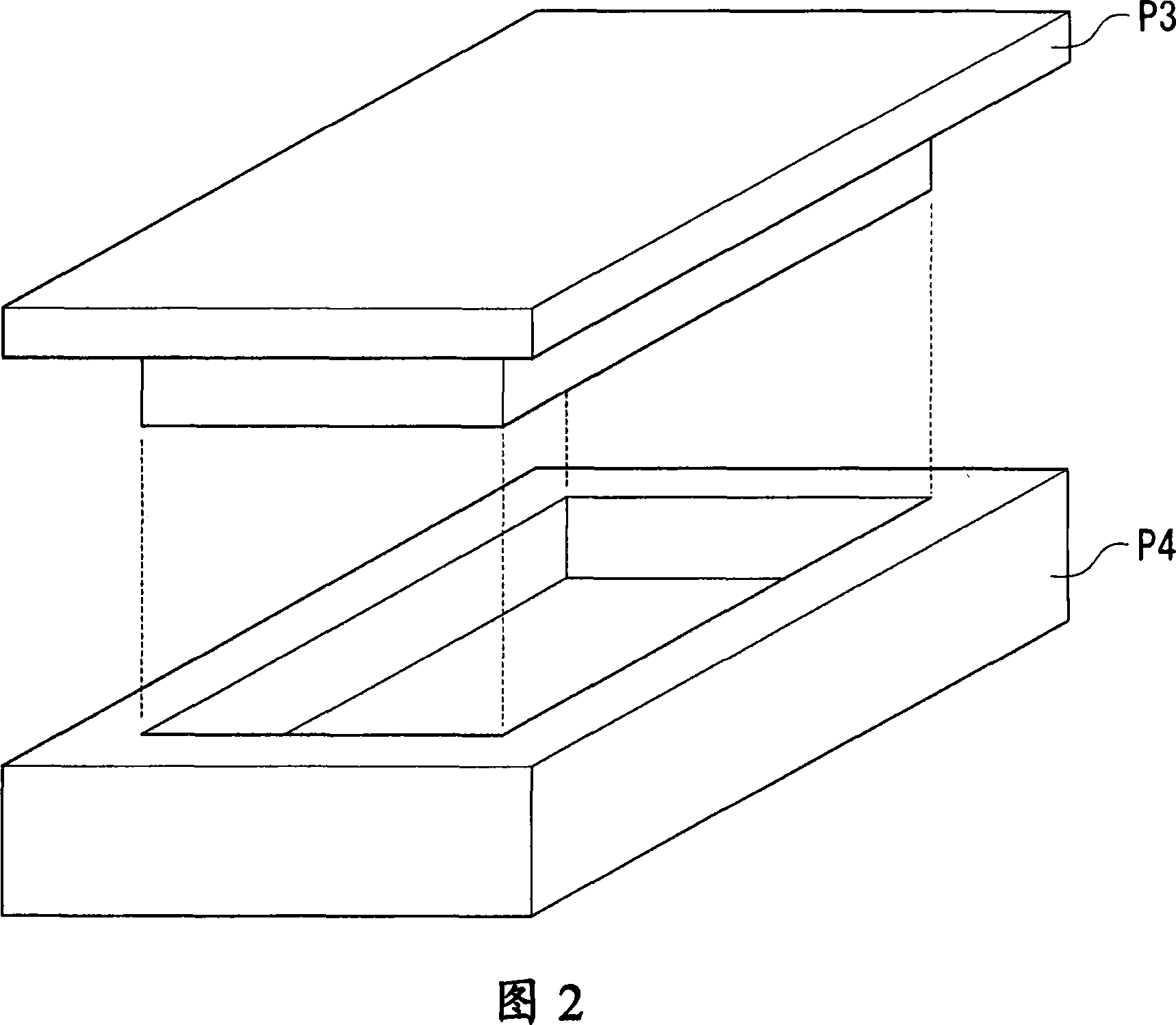Process for producing foam
A manufacturing method and foam technology, applied in the field of foam, can solve problems such as productivity problems, limitations in improving light utilization efficiency, and limitations in thinning light-scattering light guides, so as to reduce shrinkage, suppress low mechanical strength, and improve The effect of dimensional stability
- Summary
- Abstract
- Description
- Claims
- Application Information
AI Technical Summary
Problems solved by technology
Method used
Image
Examples
Embodiment 1
[0545] (1) Foaming composition
[0546] The following foaming composition A was used: 100 parts of a copolymer of tert-butyl acrylate (20%), tert-butyl methacrylate (40%) and methyl methacrylate (40%) as a decomposable compound, 3 parts of perfluorobutanesulfonic acid bis(4-tert-butylphenyl)iodonium salt (trademark: BBI-109, manufactured by Midori Chemical Co., Ltd.) were mixed as an iodonium salt series acid generator.
[0547] (2) Preliminary forming process
[0548]The foamable composition having the above mixing ratio was prepared as a 25% solution with a diluent of MEK / ethyl acetate=65 / 35 (mass ratio), and this solution was used as a coating solution. Use an applicator with an opening (clearance) of 300 μm to apply the coating solution on the silicon-treated surface of a support made of silicon PET (trademark: MR-75, manufactured by Mitsubishi Polyester) with a thickness of 75 μm, and heat the coating liquid at 110° C. Place in a constant temperature dryer for 10 minute...
Embodiment 2
[0556] A foam was produced in the same manner as in Example 1 except that a pressure of 2 MPa was applied to the laminated sample in the foaming step. The section photo is shown in Figure 6.
[0557] As a result of evaluating the foam structure in the same manner as in Example 1, the obtained foam was a slab foam having an average cell diameter of 0.1 μm, an expansion ratio of 1.8, and a thickness of 700 μm.
Embodiment 3
[0559] (1) Foaming composition
[0560] The same substance as in Example 1 was used.
[0561] (2) Preliminary forming process
[0562] In the same manner as in Example 1, a support-attached coating layer in which a 45-μm-thick foamable composition was provided on silicon PET was prepared.
[0563] (3) Ultraviolet radiation
[0564] A metal halide lamp (trademark: Aigrafitsuku Co., Ltd., multi-metal lamp M03-L31 for ultraviolet curing) was used as the light source, and the temperature was 2000 mJ / cm 2 The amount of irradiation light is irradiated with ultraviolet rays from the coating layer surface side to the coating layer with support in (2). The coating layer was peeled off from the silicon PET after the ultraviolet ray irradiation, thereby obtaining a film of the foaming composition that had been irradiated with ultraviolet rays.
[0565] (4) Foam molding process
[0566] From the film obtained by (3), 10 films of 5 cm x 6 cm were cut out and laminated, and a manual pr...
PUM
| Property | Measurement | Unit |
|---|---|---|
| Diameter | aaaaa | aaaaa |
| Thickness | aaaaa | aaaaa |
| Thickness | aaaaa | aaaaa |
Abstract
Description
Claims
Application Information
 Login to View More
Login to View More - R&D
- Intellectual Property
- Life Sciences
- Materials
- Tech Scout
- Unparalleled Data Quality
- Higher Quality Content
- 60% Fewer Hallucinations
Browse by: Latest US Patents, China's latest patents, Technical Efficacy Thesaurus, Application Domain, Technology Topic, Popular Technical Reports.
© 2025 PatSnap. All rights reserved.Legal|Privacy policy|Modern Slavery Act Transparency Statement|Sitemap|About US| Contact US: help@patsnap.com



